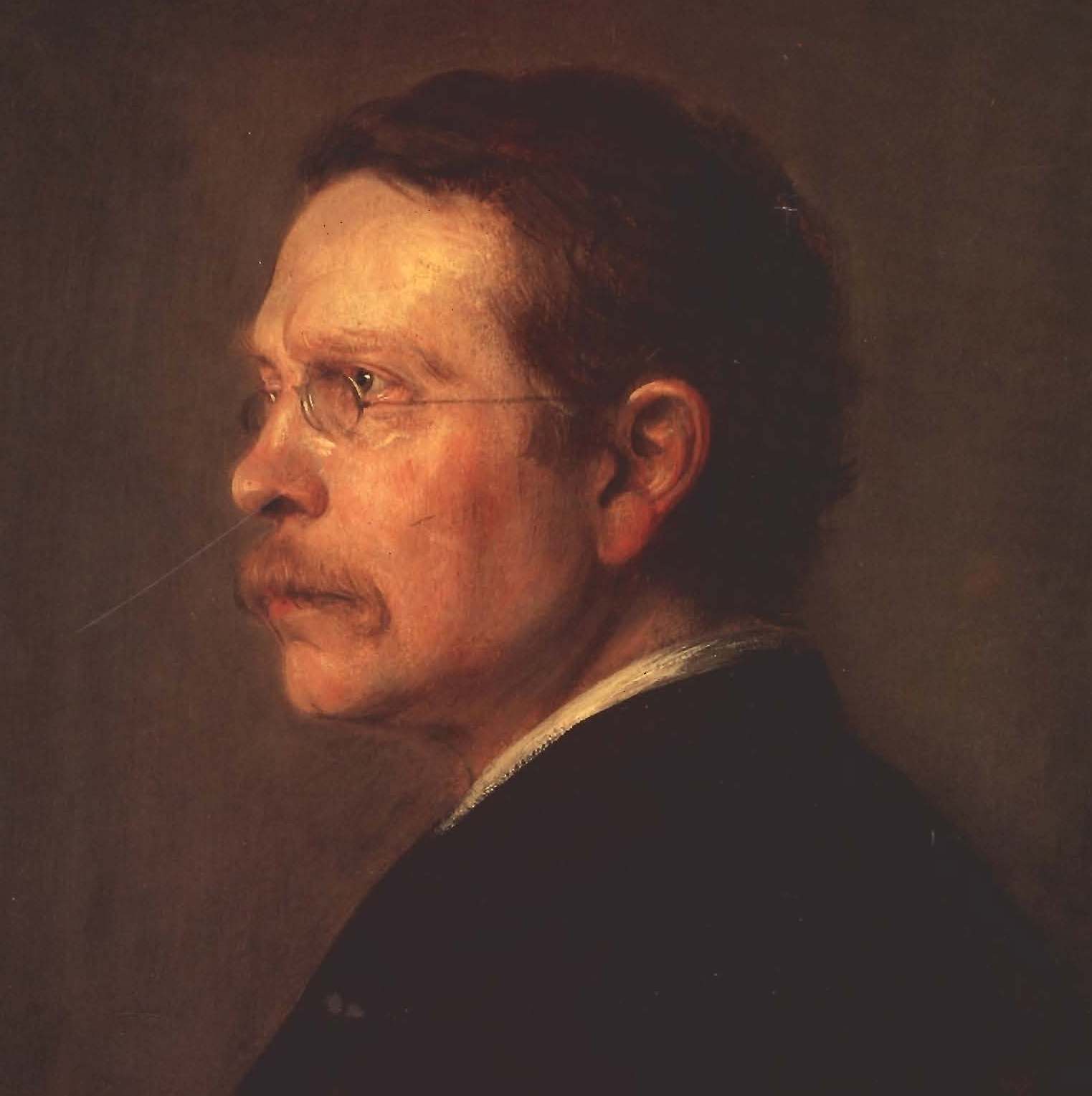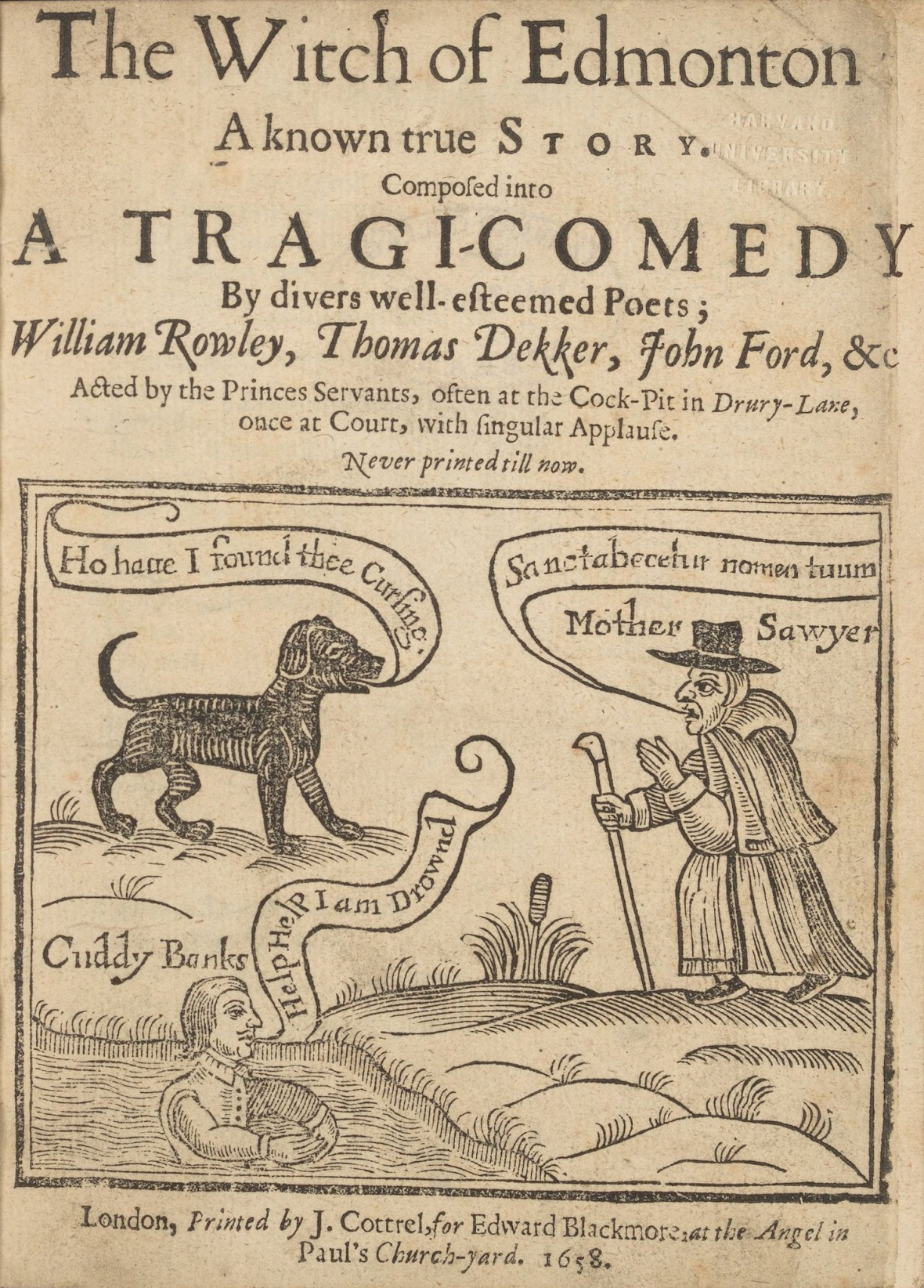|
Friar Rush
''Friar Rush'' (', ', ') is the title of a medieval Low German legend, surviving in a 1488 edition in verse form. During the 16th and 17th centuries, numerous High German, Scandinavian (Danish and Swedish), Dutch and English translations and adaptations in ''Volksbuch'' or chap book form were printed. The first High German edition dates to 1515, printed in Strassburg. The story along with those of Till Eulenspiegel, Faust and Marcolf was among the most successful popular literature in 16th-century Germany. The various adaptations vary in their style and focus, some intending to set a moral example or criticize excesses in monastic life, others simply intending to amuse the reader. A connection between Friar Rush and Hödekin, a kobold figure of German folklore, was suggested by the Shakespeare scholar George Lyman Kittredge, who noted the connection has been made in Reginald Scott's ''Discoverie of Witchcraft'', 1584. Kittredge (1900) criticizes the then-common identification o ... [...More Info...] [...Related Items...] OR: [Wikipedia] [Google] [Baidu] |
Low German
: : : : : (70,000) (30,000) (8,000) , familycolor = Indo-European , fam2 = Germanic , fam3 = West Germanic , fam4 = North Sea Germanic , ancestor = Old Saxon , ancestor2 = Middle Low German , dia1 = West Low German , dia2 = East Low German , iso2 = nds , iso3 = nds , iso3comment = (Dutch varieties and Westphalian have separate codes) , lingua = 52-ACB , map = Nds Spraakrebeet na1945.svg , mapcaption = Present day Low German language area in Europe. , glotto = lowg1239 , glottoname = Low German , notice = IPA Low German or Low Saxon (in the language itself: , and other names; german: Plattdeutsch, ) is a West Germanic language variety spoken mainly in Northern Germany and the northeastern part of the Netherlands. The dialect of Plautdietsch is also spoken in the Russian Mennonite diaspora worldwi ... [...More Info...] [...Related Items...] OR: [Wikipedia] [Google] [Baidu] |
Das Kloster
''Das Kloster'' ("The Cloister"; full title ''Das Kloster. Weltlich und geistlich. Meist aus der ältern deutschen Volks-, Wunder-, Curiositäten-, und vorzugsweise komischen Literatur'' "The Cloister. Profane and sacred. Mostly from older German Popular, Miraculous, Curious and especially Comical Literature") is a collection of magical and occult texts, chapbooks, folklore, popular superstition and fairy tales of the German Renaissance compiled by Stuttgart antiquarian Johann Scheible in 12 volumes, 1845-1849. Vols. 3, 5 and 11 are dedicated to the Faust legend. Vols. 7, 9 and 12 dealing with topics of folklore and ethnography were written by F. Nork (pseudonym of Friedrich Korn, 1803–1850). *vol. 1 (1845), 840 pp, ch. 1-4 ''Volksprediger, Moralisten und frommer Unsinn'' *vol. 2 (1846), 1074 pp, ch. 5-8'', Doctor Johann Faust'' *vol. 3 (1846), 1065 pp, ch. 9-12, ''Christoph Wagner, Don Juan Tenorio und verschiedene Schwarzkünstler und Beschwörer'' **9. Christoph Wagn ... [...More Info...] [...Related Items...] OR: [Wikipedia] [Google] [Baidu] |
Ernst Götzinger
Ernst Götzinger (23 September 1837, in Schaffhausen – 10 August 1896, in St. Gallen) was a Swiss Germanist and historian. He was the son of philologist Maximilian Wilhelm Götzinger (1799–1856). He studied philology at the University of Basel as a pupil of Wilhelm Wackernagel, then furthered his education at the universities of Bonn and Göttingen, where his influences included Wilhelm Müller and Leo Meyer. In 1860 he received his doctorate from Göttingen with a dissertation on the Anglo-Saxon poet Cædmon, titled ''Ueber die Dichtungen des Angelsachsen Caedmon und deren Verfasser''. From 1860 up until his death, he taught classes in German language and literature at the cantonal school in St. Gallen. He was a member of the Historischer Verein des Kantons St.Gallen. Selected works * ''Zwei St. Gallische Minnesaenger: 1. Ulrich von Singenberg, der Truchsess. 2. Konrad von Landegg, der Schenk'', 1866 – Two St. Gallen minnesingers; Ulrich von Singenberg and Konra ... [...More Info...] [...Related Items...] OR: [Wikipedia] [Google] [Baidu] |
Publications Of The Modern Language Association
The Modern Language Association of America, often referred to as the Modern Language Association (MLA), is widely considered the principal professional association in the United States for scholars of language and literature. The MLA aims to "strengthen the study and teaching of language and literature".About the MLA" ''mla.org'', Modern Language Association, 9 July 2008, Web, 25 April 2009. The organization includes over 25,000 members in 100 countries, primarily academic scholars, s, and s who study or teach lan ... [...More Info...] [...Related Items...] OR: [Wikipedia] [Google] [Baidu] |
Ship Of Fools (satire)
''Ship of Fools'' (Modern German: , la, Stultifera Navis, original medieval German title: ) is a satirical allegory in German verse published in 1494 in Basel, Switzerland, by the humanist and theologian Sebastian Brant. It is the most famous treatment of the ship of fools trope and circulated in numerous translations. Overview Ship of Fools was published in 1494 in Basel, Switzerland, by Sebastian Brant. The book consists of a prologue, 112 brief satires, and an epilogue, all illustrated with woodcuts. Brant takes up the ship of fools trope, popular at the time, lashing with unsparing vigour the weaknesses and vices of his time. He conceives Saint Grobian, whom he imagines to be the patron saint of vulgar and coarse people. The concept of foolishness was a frequently used trope in the pre-Reformation period to legitimise criticism, as also used by Erasmus in his ''Praise of Folly'' and Martin Luther Martin Luther (; ; 10 November 1483 – 18 February 1546) was ... [...More Info...] [...Related Items...] OR: [Wikipedia] [Google] [Baidu] |
Lubber Fiend
The lubber fiend, Lob, lubberkin, lurdane or Lob Lie-By-The-Fire is a legendary creature of English folklore that is similar to the " brownie" (or "Urisk") of Scotland and northern England, the " hob" of northern England and the Scottish Borders, the Slavic "domovoi" and Scandinavian "tomte". It has been related also to Robin Goodfellow, and Hobgoblins. It is best known for being mentioned by John Milton. The lubberkin is typically described as a large, hairy man with a tail who performs housework in exchange for a saucer of milk and a place in front of the fire. One story claims he is the giant son of a witch and the Devil. The abbey lubber is a minor demon that haunts the wine cellars and kitchens of abbeys, tempting the monks into drunkenness, gluttony and lasciviousness. The best known abbey lubber tale is that of Friar Rush. Briggs, Katharine (1976). ''An Encyclopedia of Fairies''. Pantheon Books. p. 1. . Lubber fiend in literature The lubber fiend appears also in '' T ... [...More Info...] [...Related Items...] OR: [Wikipedia] [Google] [Baidu] |
Stendal
The Hanseatic City of Stendal () is a town in Saxony-Anhalt, Germany. It is the capital of the Stendal District and the unofficial capital of the Altmark region. Geography Situated west of the Elbe valley, the Stendal town centre is located some west of Berlin, around east of Hanover, and north of the state capital Magdeburg. Stendal is the seat of a University of Applied Sciences (''Fachhochschule'') and preserves a picturesque old town including a historic market and several churches. The nearby village Uchtspringe is home to a psychiatric rehabilitation clinic. Divisions The town Stendal consists of Stendal proper and the following 18 ''Ortschaften'' or municipal divisions:Hauptsatzung der Hansestadt Stendal November 2018. *Bindfelde *Borstel * [...More Info...] [...Related Items...] OR: [Wikipedia] [Google] [Baidu] |
Wilhelm Hertz
Wilhelm Ritter von Hertz (24 September 1835 – 7 January 1902) was a German writer. He was born in Stuttgart. Literary works * ''Dramatische Märchenspiele'' (between 1847 and 1848) * ''Lancelot und Ginerva'' (1860) * ''Das Rolandslied'' (1861) * ''Der Werwolf'' (1862; ) * ''Marie de France'' (1862) * ''Hugdietrichs Brautfahrt'' (epic from 1863) * ''Aucassin und Nicolette'' (translation from 1865) * ''Heinrich von Schwaben'' (epic from 1867) * ''Gottfried von Straßburg'' (translation from 1877) * ''Bruder Rausch'' (epic from 1882) (ISBN B0000BRKXY) * ''Spielmannsbuch'' (translation from 1886) () * ''Am Grabe der Mutter'' * ''Ezzelin'' (presumed lost) * ''Geist der Jugend'' from ''Album für Deutschlands Töchter'' Literary References * Hermann Greiner: ''Wilhelm Hertz – ein Tübinger Franke'' (Tübingen 1996) * Gerhard Hay: ''W. Hertz'' in ''Neue deutsche Biographie, Bd. 8.'' (Hrsg.: Historische Kommission der bayrischen Akademie der Wissenschaften) (Berlin 1969) * I ... [...More Info...] [...Related Items...] OR: [Wikipedia] [Google] [Baidu] |
Thomas Dekker (writer)
Thomas Dekker (c. 1572 – 25 August 1632) was an English Elizabethan dramatist and pamphleteer, a versatile and prolific writer, whose career spanned several decades and brought him into contact with many of the period's most famous dramatists. Early life Little is known of Dekker's early life or origins. From references in his pamphlets, Dekker is believed to have been born in London around 1572, but nothing is known for certain about his youth. His last name suggests Dutch ancestry, and his work, some of which is translated from Latin, suggests that he attended grammar school. Career Dekker embarked on a career as a theatre writer in the middle 1590s. His handwriting is found in the manuscript of ''Sir Thomas More'', though the date of his involvement is undetermined. More certain is his work as a playwright for the Admiral's Men of Philip Henslowe, in whose account book he is first mentioned in early 1598. While there are plays connected with his name performed as early as ... [...More Info...] [...Related Items...] OR: [Wikipedia] [Google] [Baidu] |
Elizabethan Era
The Elizabethan era is the epoch in the Tudor period of the history of England during the reign of Queen Elizabeth I (1558–1603). Historians often depict it as the golden age in English history. The symbol of Britannia (a female personification of Great Britain) was first used in 1572, and often thereafter, to mark the Elizabethan age as a renaissance that inspired national pride through classical ideals, international expansion, and naval triumph over Spain. This "golden age" represented the apogee of the English Renaissance and saw the flowering of poetry, music and literature. The era is most famous for its theatre, as William Shakespeare and many others composed plays that broke free of England's past style of theatre. It was an age of exploration and expansion abroad, while back at home, the Protestant Reformation became more acceptable to the people, most certainly after the Spanish Armada was repelled. It was also the end of the period when England was a separate r ... [...More Info...] [...Related Items...] OR: [Wikipedia] [Google] [Baidu] |
Trickster
In mythology and the study of folklore and religion, a trickster is a character in a story (god, goddess, spirit, human or anthropomorphisation) who exhibits a great degree of intellect or secret knowledge and uses it to play tricks or otherwise disobey normal rules and defy conventional behavior. Mythology Tricksters, as archetypal characters, appear in the myths of many different cultures. Lewis Hyde describes the trickster as a "boundary-crosser".Hyde, Lewis. ''Trickster Makes This World: Mischief, Myth, and Art''. New York: Farrar, Straus and Giroux, 1998. The trickster crosses and often breaks both physical and societal rules: Tricksters "violate principles of social and natural order, playfully disrupting normal life and then re-establishing it on a new basis." Often, this bending or breaking of rules takes the form of tricks or thievery. Tricksters can be cunning or foolish or both. The trickster openly questions, disrupts or mocks authority. Many cultures have tales ... [...More Info...] [...Related Items...] OR: [Wikipedia] [Google] [Baidu] |



.jpg)




